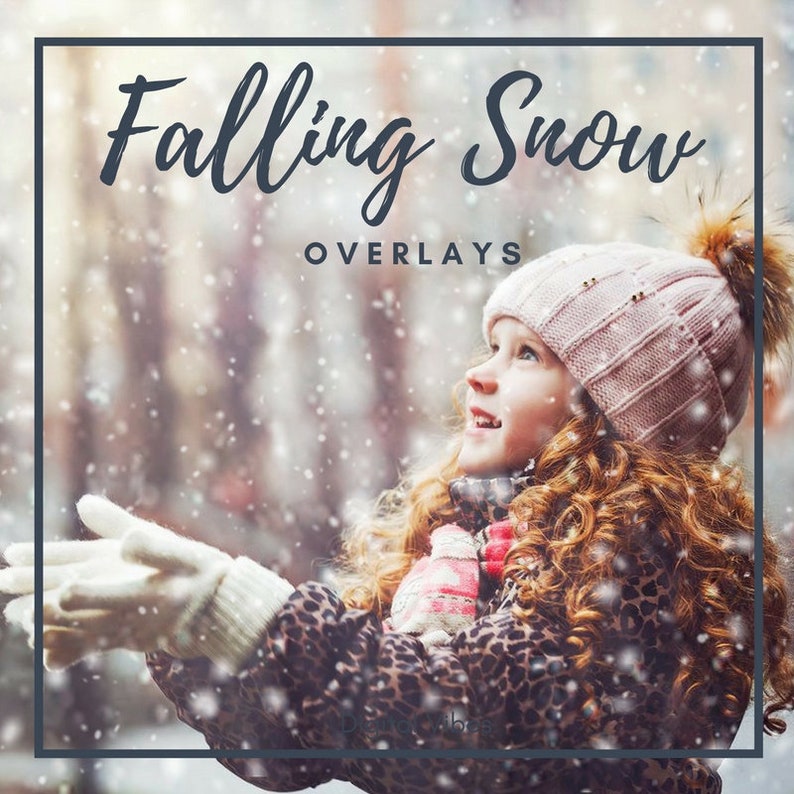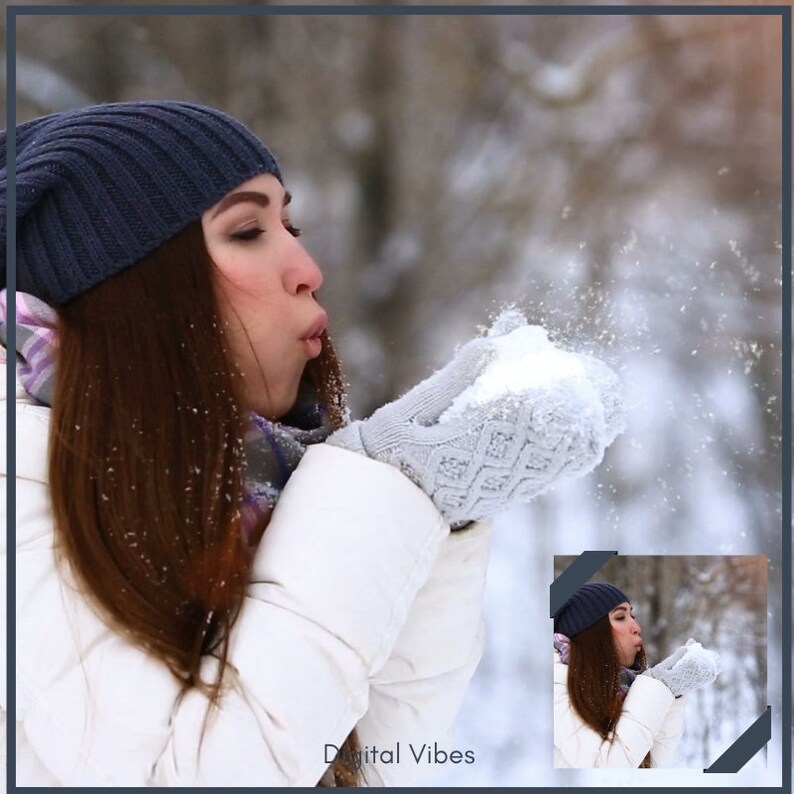

The resultant collision impacts at the surface can dislodge additional particles into motion, break apart embedded or saltating aggregates, or produce finer particles prone to atmospheric suspension through fracturing and spalling. Once lofted, these larger particles undergo the saltation process, where mobilized particles too heavy to remain airborne get accelerated by the airstream and fall back toward the land surface with ballistic trajectories.

Larger particles on the order of 60–100 μm tend to dislodge first (aerodynamic entrainment). Wind-driven particle entrainment (sediment or snow) occurs due to one or more subprocesses, including direct aerodynamic entrainment, saltation, aggregate disintegration and/or fragmentation ( Bagnold 1941 Owen 1964 Kok et al. Furthermore, this event was a rare instance where blowing snow was observable by operational weather satellites, providing an additional observational dataset to compare the model to ( Kennedy and Jones 2020). For instance, this event led to widespread interstate closures in South Dakota, Minnesota, and Wisconsin. This event was notable for its widespread spatial coverage, severity, and human impacts.

This parameterization is demonstrated for a reforecast WRF simulation of a significant blowing snow event that affected the north-central United States on 24 February 2019. In this study, we combine physically based parameterizations for snow saltation and turbulent suspension typically applied to snow-transport models, with an optics parameterization rooted in Mie theory to simulate the impacts of blowing snow on near-surface visibility.

Rather, blowing snow forecasts are typically determined by empirical ingredients based models (e.g., Baggaley and Hanesiak 2005) and local forecaster experience. Critically, the current visibility diagnostic used in U.S.-based operational weather forecast models does not include blowing snow hydrometeors. Currently, standard numerical weather prediction (NWP) models estimate horizontal visibility from the model-simulated hydrometeor mass concentrations (e.g., Stoelinga and Warner 1999). Blowing snow also results in snow drifting, which presents additional hazards to motor vehicle transportation. It causes localized severe reductions to visibility near the ground, often with little warning, and often under clear skies. Overall, this study illustrates how a blowing snow diagnostic model can aid weather forecasters in making blowing snow visibility forecasts, and demonstrates how the model can be evaluated against satellite imagery.īlowing snow presents a substantial hazard to human activities in cold regions. Furthermore, the model-simulated plume of blowing snow roughly corresponds to the blowing snow plumes visible in the satellite imagery. The WRF-simulated visibility is substantially improved when incorporating blowing snow hydrometeors. This overlay is qualitatively evaluated against false color satellite imagery from the GOES-16 operational weather satellite and available surface visibility observations. The blowing snow model is coupled to an optics parameterization that estimates the visibility reduction by blowing snow. In this study, we apply a physically based blowing snow model as a diagnostic overlay to output from a reforecast WRF simulation of a significant blowing snow event that occurred over the northern Great Plains of the United States during the winter of 2019. Furthermore, blowing snow presents a weather forecast challenge since it is not generally simulated in operational weather forecast models. If you have questions about applying or using the snow overlays, you can comment on the videos on youtube or in our facebook group for feedback from other customers who have experience using our snow overlays.Blowing snow presents substantial risk to human activities by causing severe visibility degradation and snow drifting. We suggest editing using snow overlays using the same snow overlay workflow you’ll see in our videos. Please watch our snow overlay video tutorials to see how we use and apply the snow overlays and the variety of looks you can create. Included in our snow overlay collection is a robust set of foundations, artistic tones, winter tones and finishes and a snow overlay applicator.


 0 kommentar(er)
0 kommentar(er)
